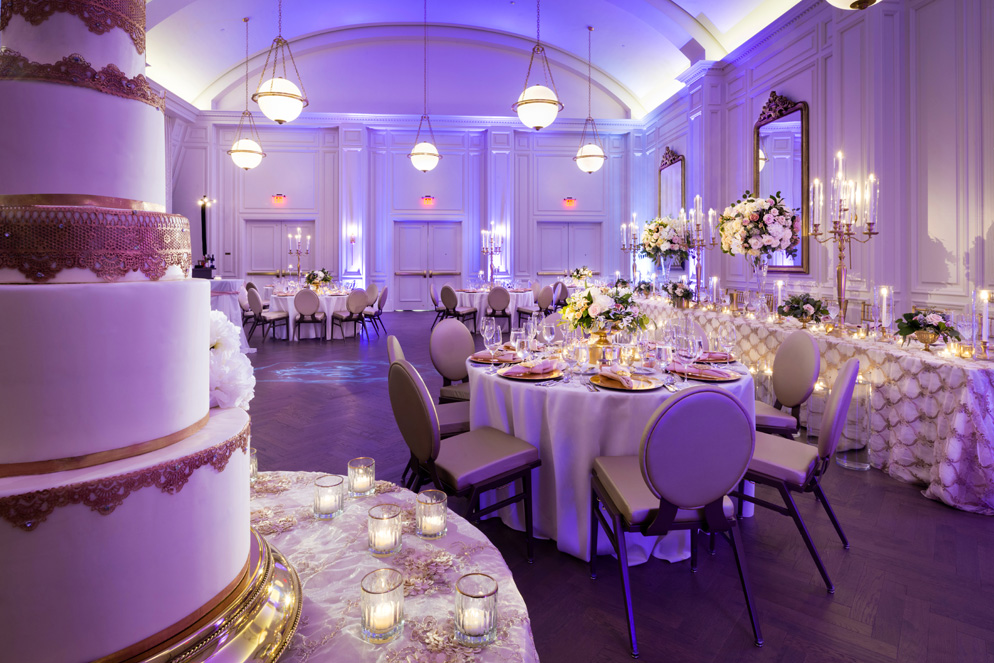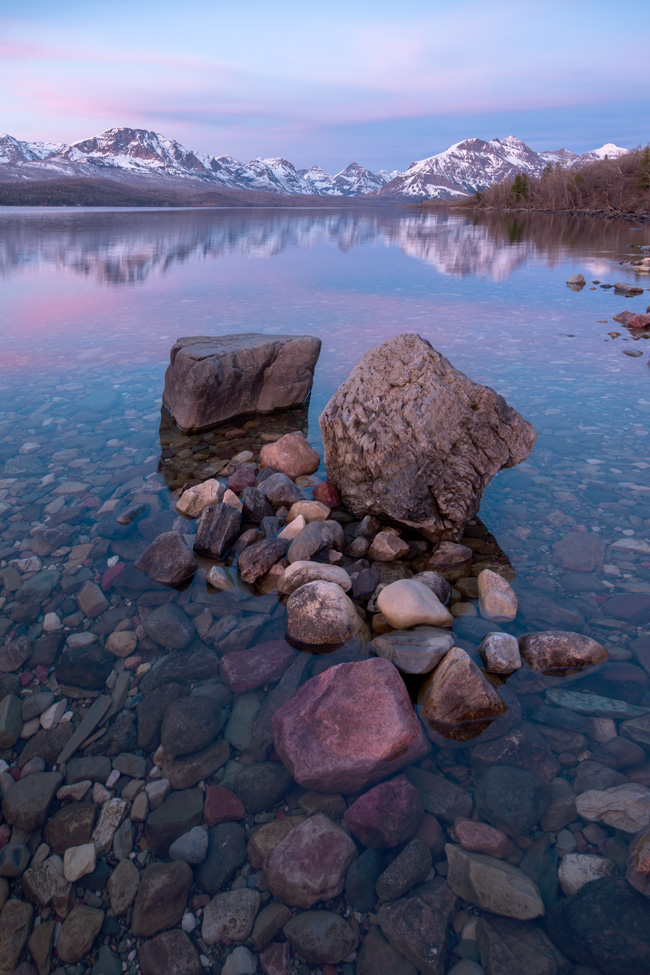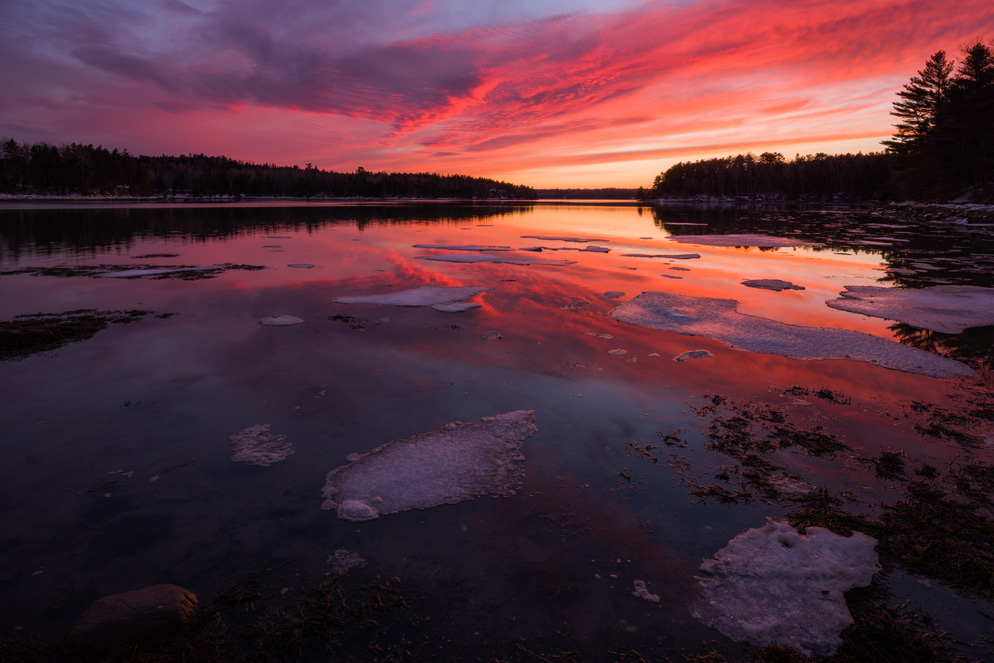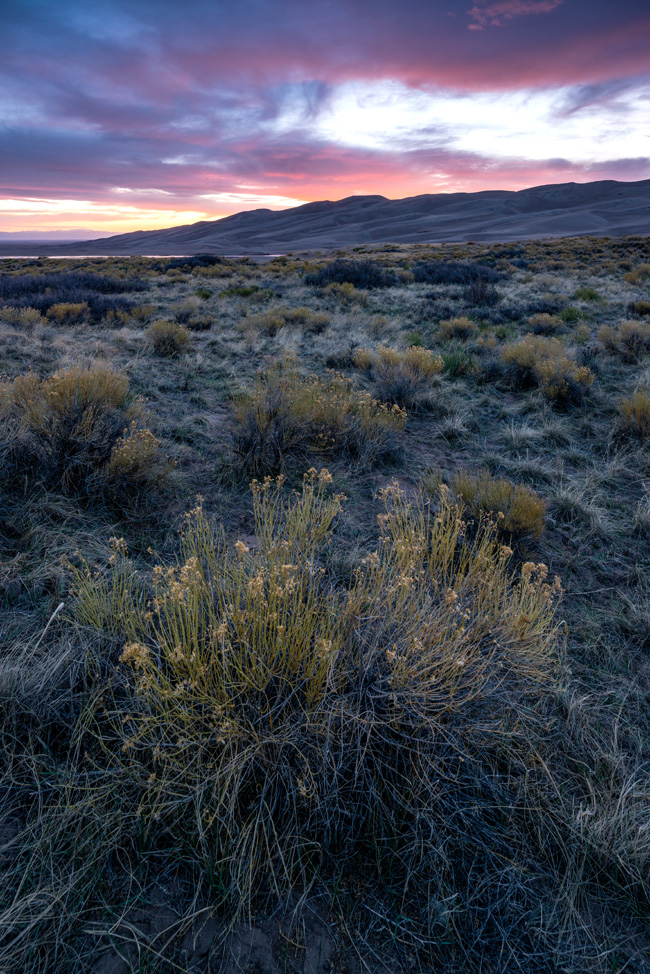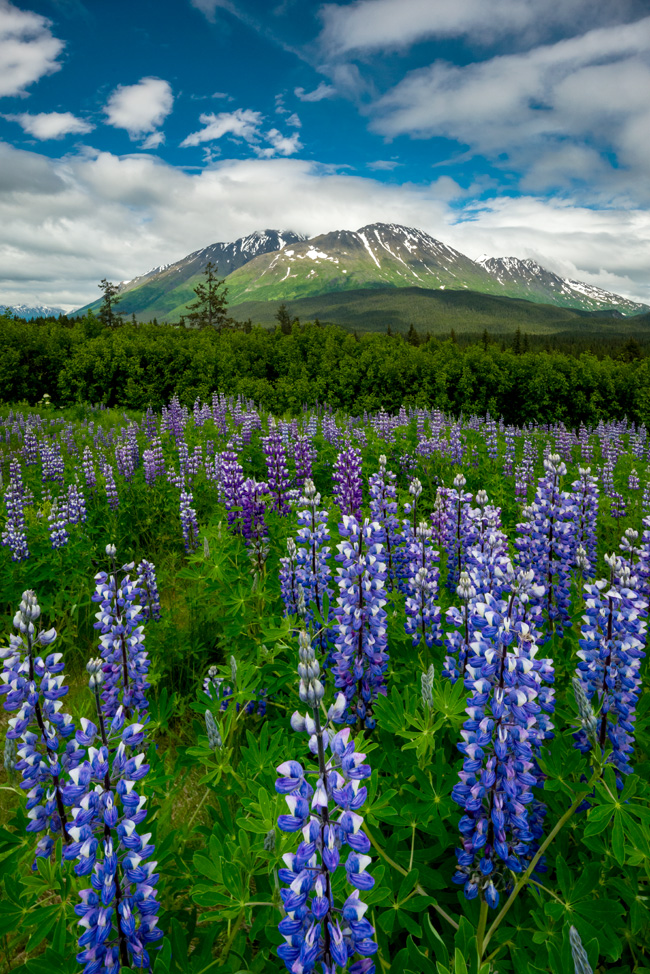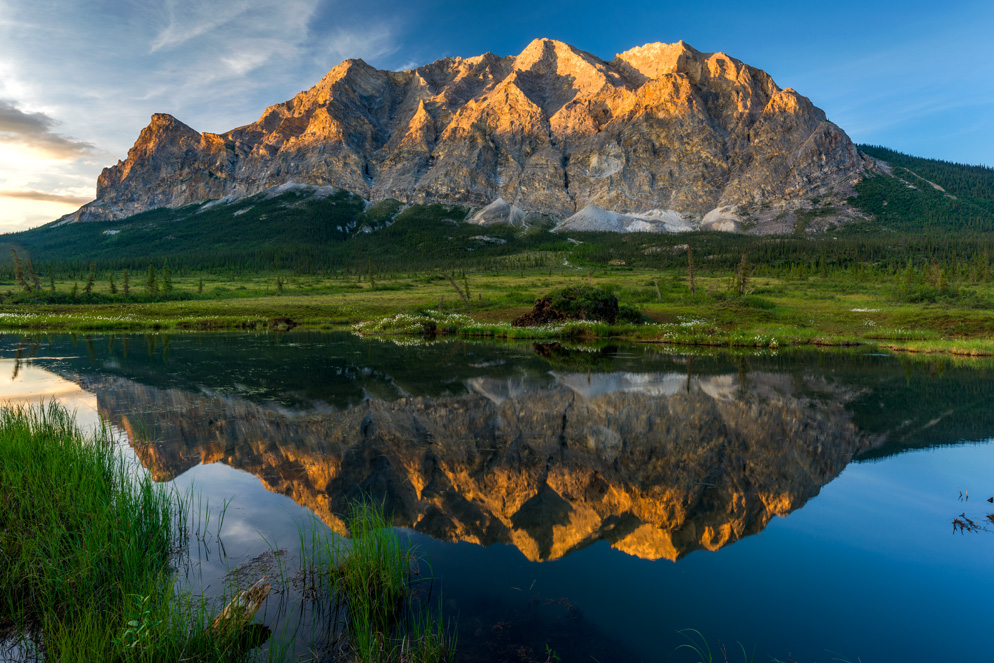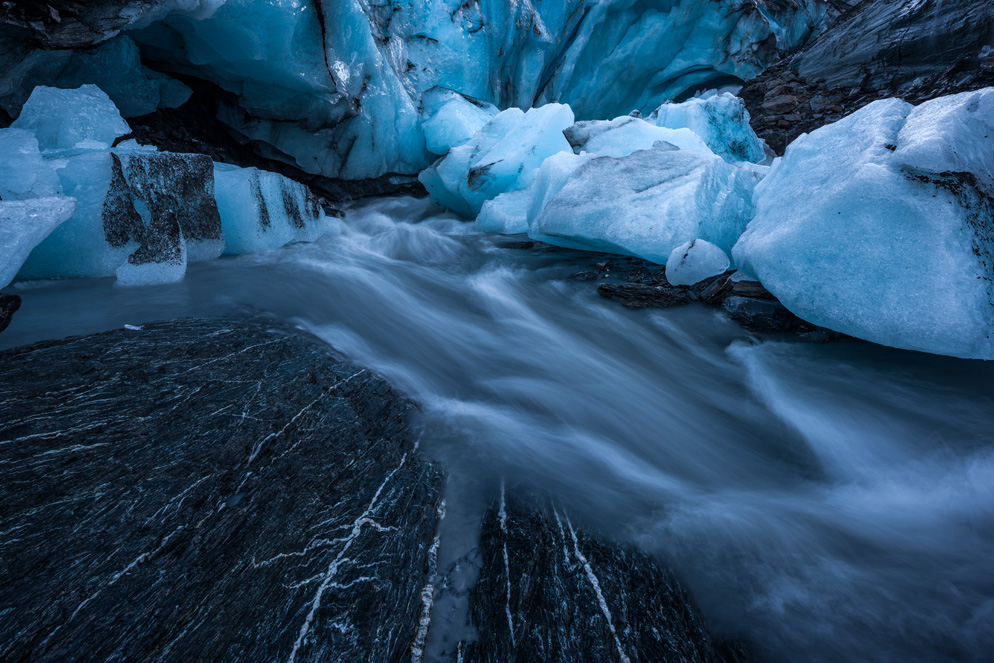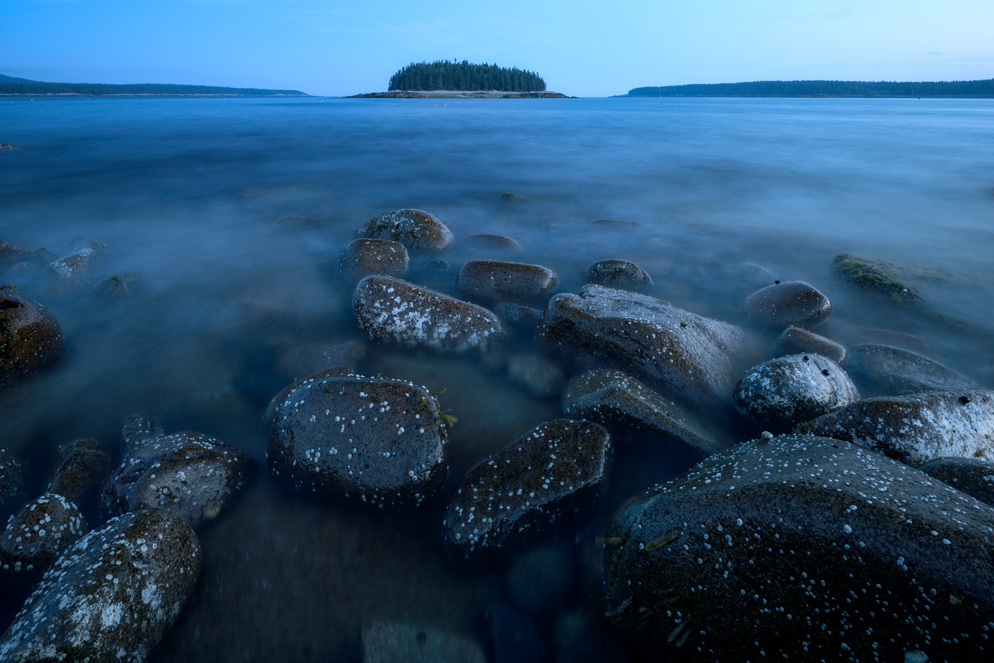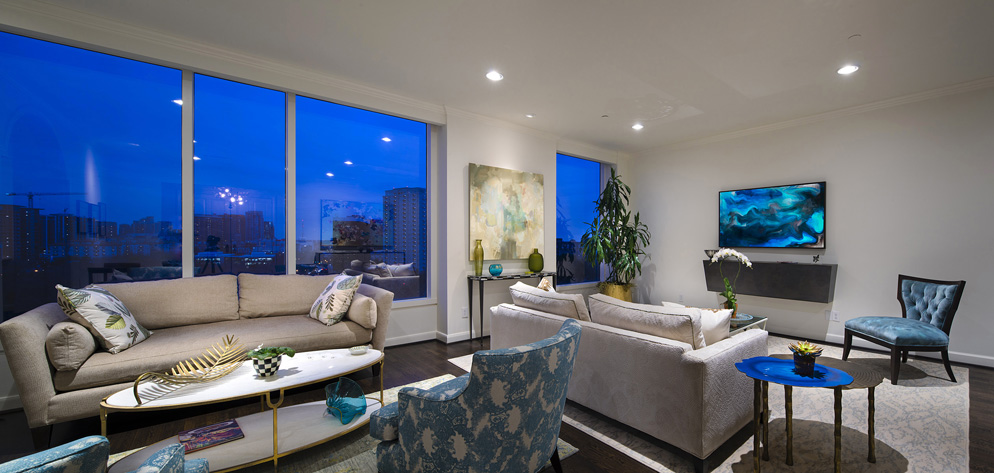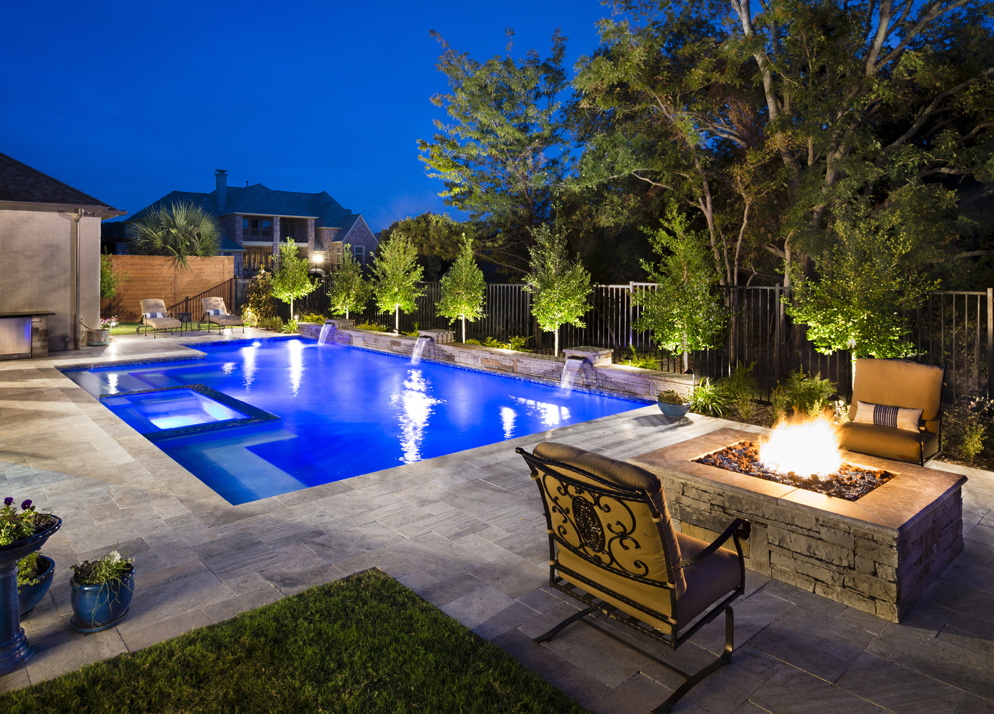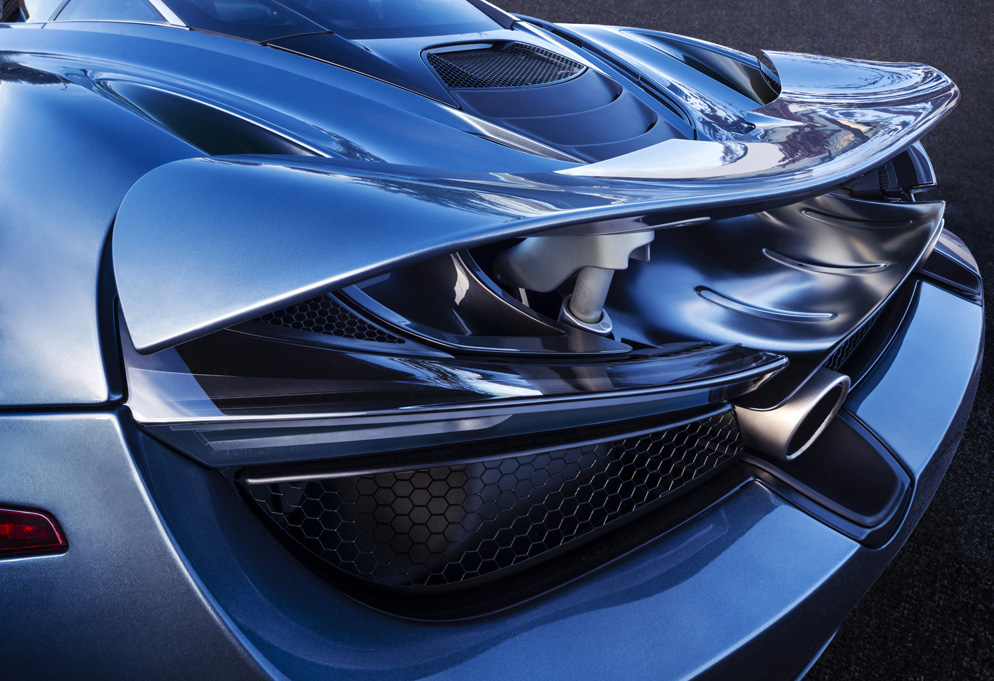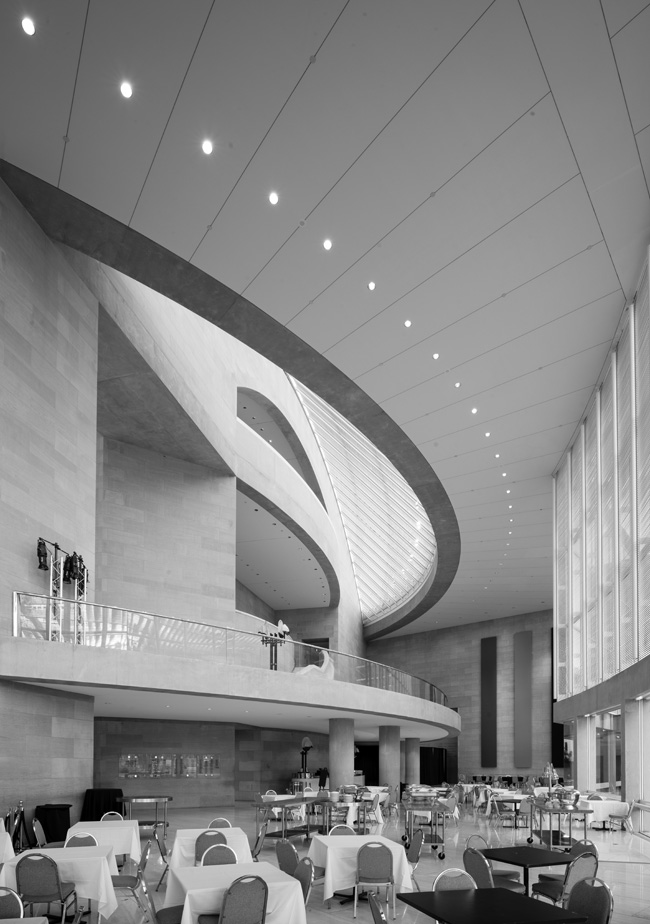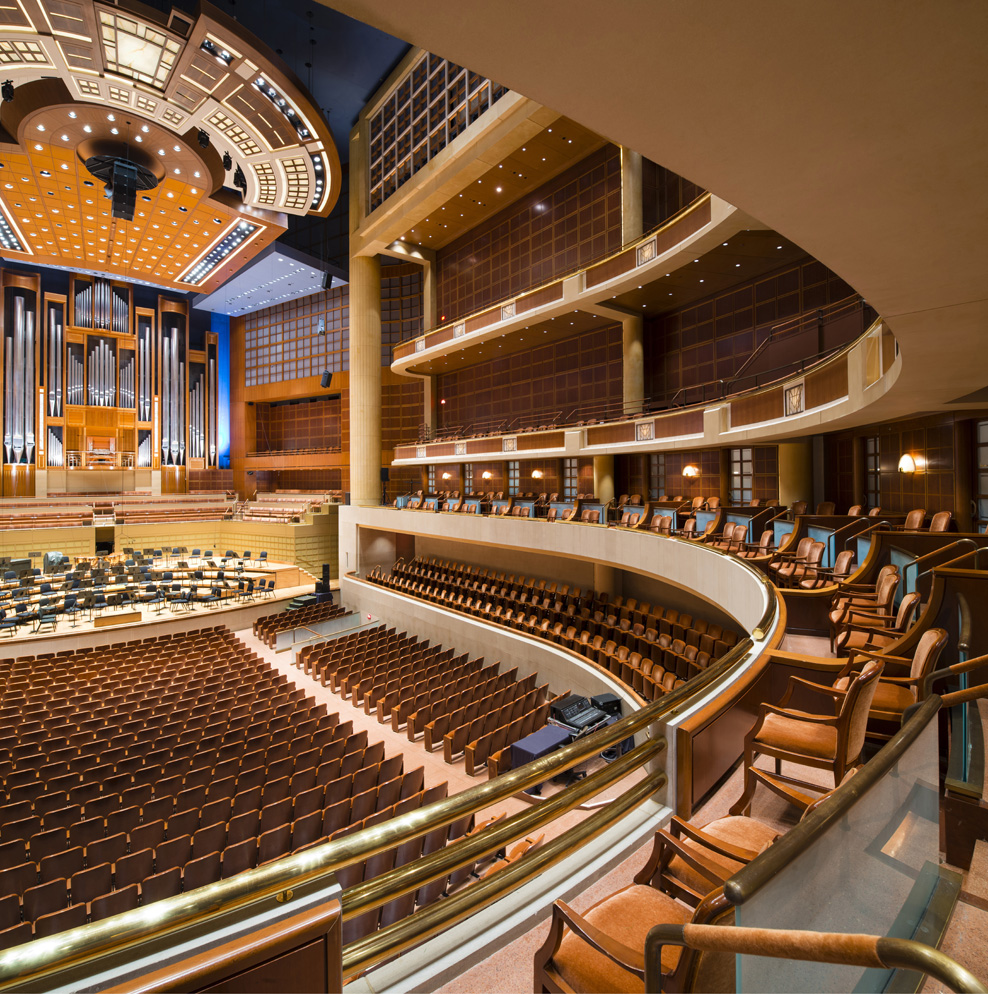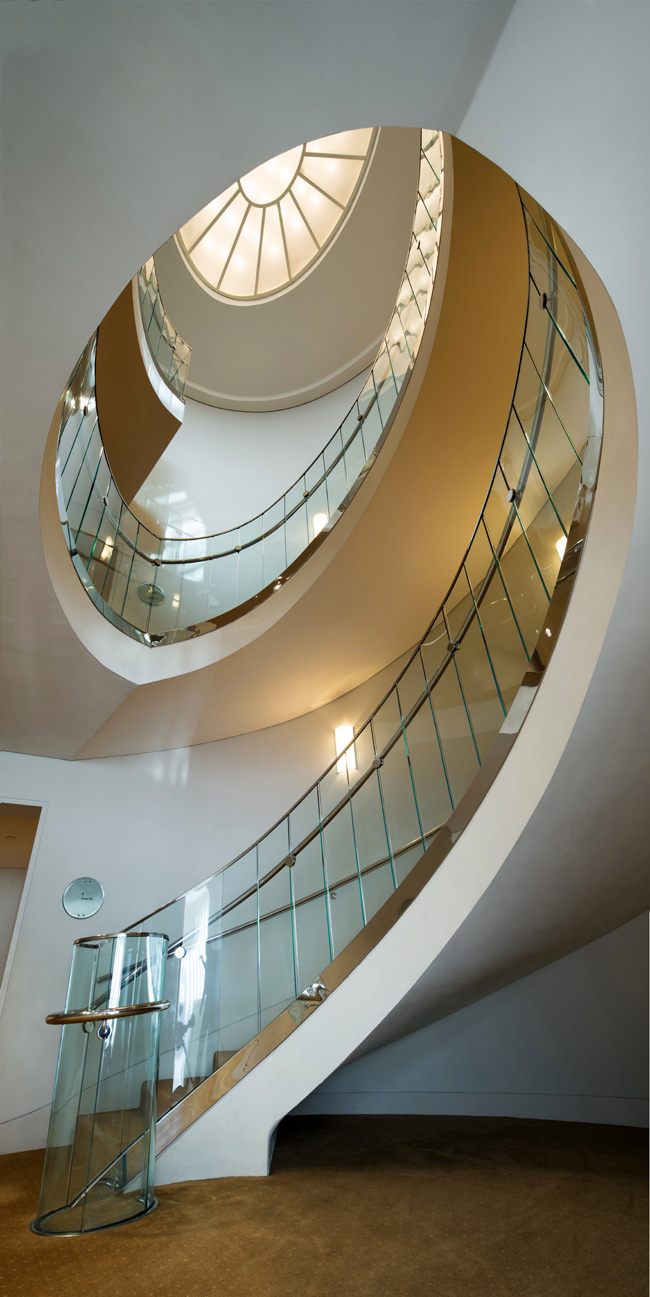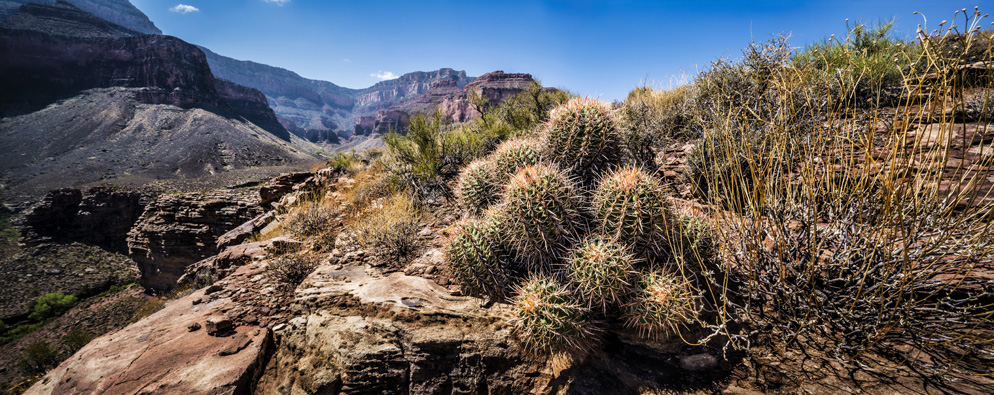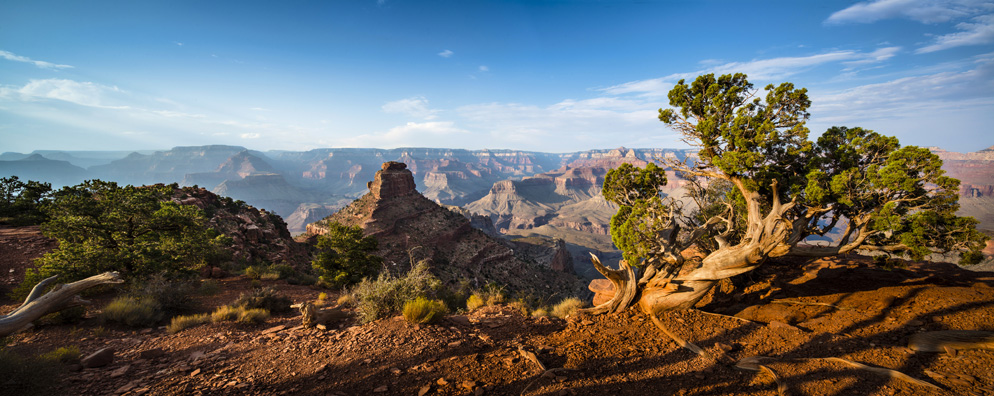The PC Lens Advantage: What You See Is What You'll Get
First off, a PC (Perspective Control) lens is a specialty lens, generally a choice, but more likely a necessity, for serious landscape and architectural photographers.
How come? Because of its tilt and shift capability, which helps photographers control what's in focus in an image, and, when photographing architectural subjects—interiors as well as exteriors—allows them to keep parallel lines parallel.
For example, if you were to tilt your camera to get every bit of a tall building in the frame, the soaring lines of the building would appear to be reaching for a convergence. The effect is commonly called keystoning, and a tilt/shift lens will prevent it from happening by allowing the camera to remain parallel and perpendicular to the building while the lens shifts up.
NIKKOR PC lenses also rotate, so the up and down shift becomes a left and right shift—a nice advantage if you want to take a three-image (center, left, right) panorama.
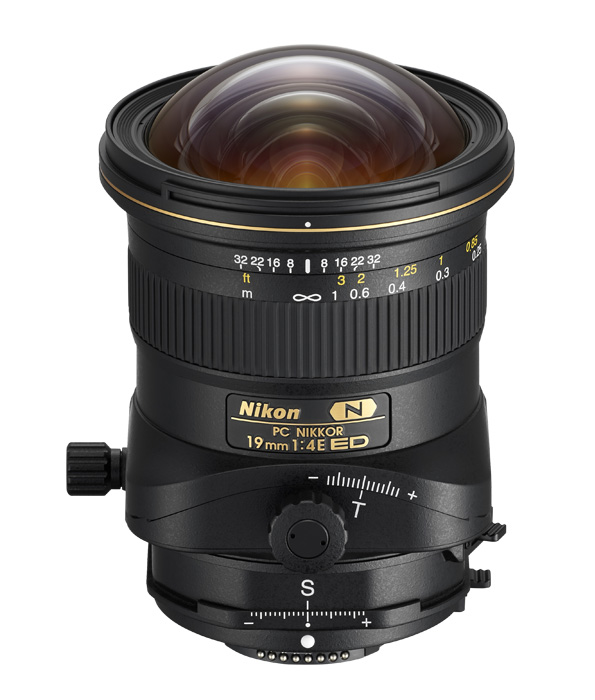
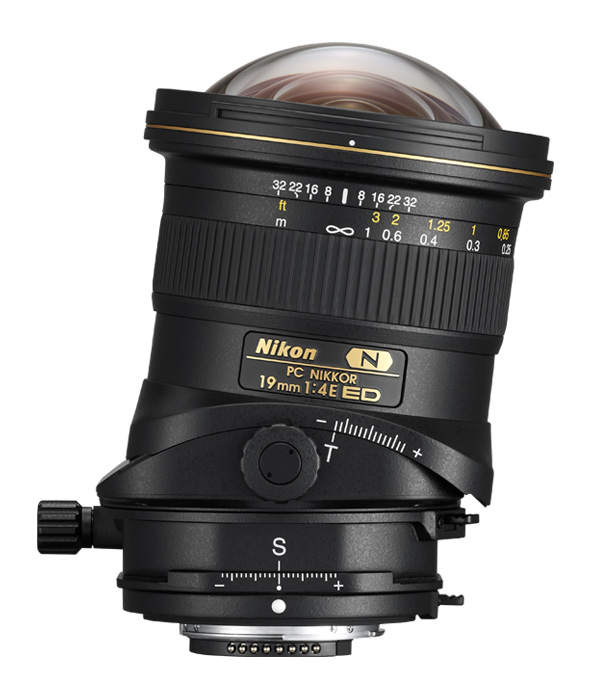
The PC NIKKOR 19mm f/4E ED lens with the tilt engaged.
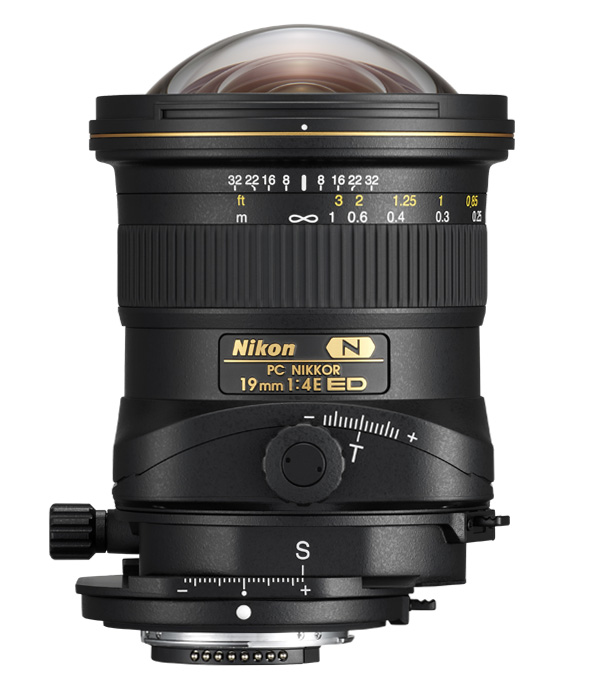
The PC NIKKOR 19mm f/4E ED lens with the shift engaged.
The tilt capability of a PC lens provides an incredible amount of control of image sharpness. Tilting the lens doesn't increase depth of field; rather, it effectively re-selects the plane of focus to increase the range of sharpness. But adjusting your f/stop for depth of field is still important, as it will fine-tune the sharpness of the image. Combine tilting with f/stop selection and you can achieve startling sharpness, front to back, in landscape and architectural photography, as well as precise focus control in still life and fashion photography.
Nikon's newest tilt/shift lens is the PC NIKKOR 19mm f/4E ED, and we recently spoke with two photographers who put that lens to some ultimate field tests that highlight its capabilities and performance.
Nature Walk
Adam Woodworth is a landscape photographer (who has a special interest in the night skies), so of course when we asked him why he chose a PC lens for some of his landscapes, he replied, "Pretty much for the same reasons you'd use it for architecture."
So the only difference is the subject matter? Well, yes, if you discount sometimes standing in sand, water or mud rather than on sidewalks or carpets.
"With a PC lens you can get rid of distortion in a scene," Adam says. "Using a super wide-angle lens, like a 14mm or even a 24mm, if I want to photograph something in the foreground, I often have to tilt the lens down a bit by angling the tripod head towards the ground." Which will often create distortion in other parts of the scene. If there are trees at the top of the frame, they'll bend inward; so will mountains. "And if you're tilting the camera the other way—up, to include something in the background—then everything sort of leans outward," he adds.
But with a tilt/shift lens, he can keep the camera perfectly level and shift the lens up or down. "So I can compose a scene using the shift instead of tilting the camera forward, and all the trees and mountains stay straight."
He sometimes uses the shift to create horizontal or vertical panoramas. "I can shift [the 19mm PC] to the left or right, or up and down, in increments. It's a way of doing a panorama without having to move the camera itself."
Adam also uses the 19mm's tilt function. "People often think of the tilting as creating a dramatic effect by throwing something out of focus, or producing a sort of miniature effect where you're shooting above something and you throw everything out of focus except some people or objects in the scene—the miniature village look. But by tilting in landscape photography you can get more of the scene in focus, and you can use a smaller f/number if you need more light or want to control the exposure [to capture] water motion. For most landscape shots I'm using f/11 or so because I'll get greater depth of field on either side of the focal plane, and tilting alone may not get the whole scene in focus depending on how close something is to the lens."
Ultimately what Adam is looking for is what most photographers want: photos that capture what they saw. "Often the goal of landscape photography is simple: get everything in focus."
Straight Talk
Graham Hobart has had a lot of experience with NIKKOR PC lenses. He's said that our 24mm (PC-E NIKKOR 24mm f/3.5D ED) was career transforming—"I didn't have to use [Adobe] Photoshop to distort images back into correction," was his reasoning—but its 24mm view wasn't quite wide enough for all his needs. The 19mm changed that. "Nearly all my work in the architectural world became optically corrected images rather than post-production corrected," he says.
And if he finds himself in tight spots or small places where even the 19mm isn't wide enough, he can use the shift function of the lens to move the view horizontally or vertically through the scene and stitch the photos into one image that captures a complete view of the challenging location.
Graham shoots outdoors and inside, but the purpose of the 19mm lens is the same: keep the camera perpendicular to the building or the interior lines of the room, and the shift function takes care of that. "Maintain the perpendicular," he says. "That's the magic of perspective control."
But there's more. "Here's what's equally important to me," Graham adds. "The lens is more than optical preservation; it's a creative tool, it provides more compositional choices, and it solves problems."
Like...?
"Well, what happens a lot of time in indoor architectural work is that you've got to deal with mirrors. Put a camera near a mirror and it's likely you'll see the camera in the mirror. But if you move the camera a few feet to the right, you won't be in the reflection. Then turn the knob on the lens and shift the camera back to the left to get your shot."
Graham's final word on the 19mm PC is that it's serious gear.
"I don't think it can be used in a casual way," he says, "and it won't do the work by itself. It's a lens to be used precisely and carefully, but the payoff is worth it. The results are so vastly superior to ordinary lenses for this type work that its use is essentially fine craftsmanship, even art."

